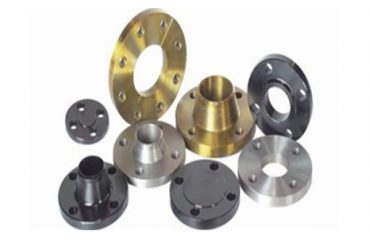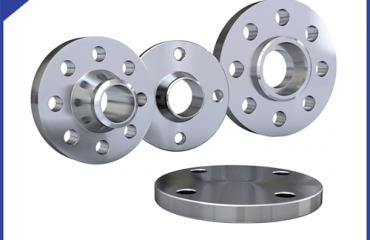Stainless steel slip on flange is convenient, simple to manufacture, low in cost and widely used, but the rigidity is poor, so it can not be used in the chemical process piping system with the requirement of supply and demand, flammable, explosive and high vacuum degree, and high and extreme harm. The sealing type has a plane and a sudden face.
Welding stainless steel flange forging according to the movement mode of forging die, forging can be divided into rolling, swing forging, roll forging, cross wedge rolling, rolling ring and skew rolling. Rotary, swing forging and rolling ring can also be used for precision forging process. It is possible to finish finishing the complex forgings with a process or several processes. As there is no flying edge, the force area of the forgings is reduced and the required load is reduced. However, it should be noted that the blanks can not be completely restricted, so we should strictly control the volume of the billet, control the relative position of the forging die and measure the forgings to reduce the wear of the forging die. When the temperature exceeds 300-400 ℃ (the blue Brittle Zone of steel) and reaches 700-800 ℃, the deformation resistance will decrease drastically and the deformation energy can be greatly improved. According to the forging in different temperature areas, the welding flange of stainless steel can be divided into three forming temperature areas, such as cold forging, forging and hot forging, depending on the forging quality and forging process. Originally this kind of temperature area division does not have the strict boundary, generally speaking, in the recrystallization temperature area the forging is called the hot forging, does not heat at room temperature the forging is called cold.
we have our own pipe fitting factory since 1998 ,which covers 100 acres. In 1998, we invested and set up a new flange factory. Up to now, we have a complete production system, and become a professional and competitive group in this field.
 Language
Language Espanol
Espanol English
English Italian
Italian عربى
عربى
 Skype: chinamaker99
Skype: chinamaker99  Tel: 86-316-5120812
Tel: 86-316-5120812 Email:
Email:  Whatsapp:
Whatsapp: 
